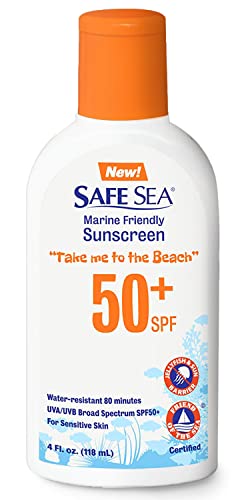Scooterman
Well-known member
I used some Seachem phosguard & seemed to of burned my Metallic trumpets. They look really bad but after doing two 30g water changes they still look alive just hurt. I started out with half the recommended dosage & two days later added the second half. It was in a sock that I put in a filter sock that the return drains into. Few days later they looked bad.
I tested Nitrites/Nitrates & ammonia with seachem test kits & on the highest reading I get all 0's still before the wc's & after a few days. The water is looking good still after a week & I plan on doing another 30g wc this weekend, the trumpets are partially extending but the damage looks done & that part isn't any different. I had removed the Phosguard after I noticed what was happening but not soon enough. No doubt they will recover but sad I did that. I was getting some algae & was going to run the remover to help clear things up, bad idea they were shocked. My other corals seem ok but polyps aren't extending out as much as before also, I think in time it will all perk up but it just sucks, those metallics were awesome.
On a good note I got an API calcium test kit, this is the simplest I've ever used & still feel confident of the results are close. I ran out of LeMott regents so I use that as a quickie, I may try comparing the two later.
I tested Nitrites/Nitrates & ammonia with seachem test kits & on the highest reading I get all 0's still before the wc's & after a few days. The water is looking good still after a week & I plan on doing another 30g wc this weekend, the trumpets are partially extending but the damage looks done & that part isn't any different. I had removed the Phosguard after I noticed what was happening but not soon enough. No doubt they will recover but sad I did that. I was getting some algae & was going to run the remover to help clear things up, bad idea they were shocked. My other corals seem ok but polyps aren't extending out as much as before also, I think in time it will all perk up but it just sucks, those metallics were awesome.
On a good note I got an API calcium test kit, this is the simplest I've ever used & still feel confident of the results are close. I ran out of LeMott regents so I use that as a quickie, I may try comparing the two later.


















































